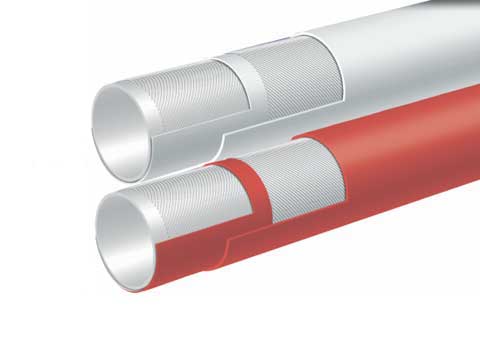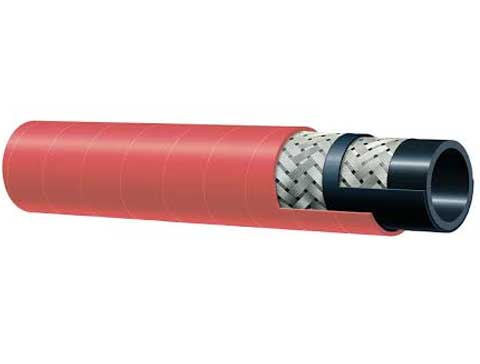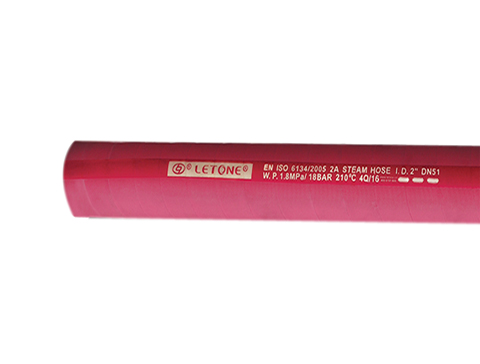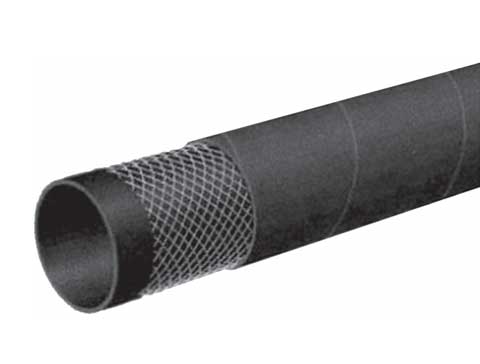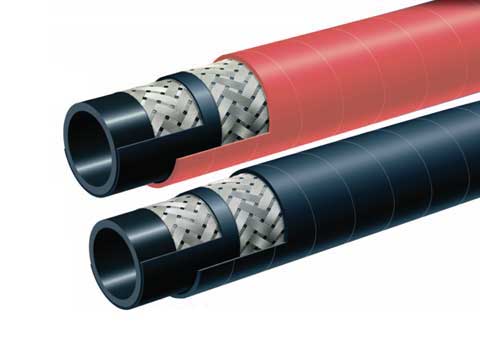A hydraulic hose is designed to work within certain temperature ranges, and it has a maximum pressure rating. When the system exceeds the limits, the hose can be damaged or fail.
For the hose to have its maximum acceptable service life, it should be assembled and routed according to manufacturers' recommendations. In addition, it should be restrained or protected from movement and vibration.
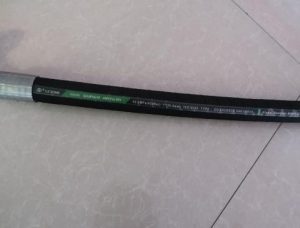
How hydraulic hoses can prolong service life
The typical service life of a hydraulic hose depends on many factors, including the type and condition of the fluid, operating pressure, temperature and environmental conditions. These factors can cause premature hose failure, which can result in employee injury, equipment damage and unscheduled downtime. It is important to maintain a consistent program of maintenance in order to extend the life of a hose.
Preventing damage to the hose covers is one of the most important factors. The use of abrasion resistant covers helps to reduce this damage, and should be used whenever possible. It is important to protect your hoses from hot surfaces that can cause damage.
It is also important to make sure that the hoses have been mounted and routed correctly. This includes ensuring that they are positioned away from heated surfaces and machine members that can cause mechanical damage. In addition, the hoses should be properly restrained or guided so that they do not vibrate or jitter.
Another important factor is avoiding multiple plane bending, which can decrease the service life of the hose. When a hose bends in more than one direction, the wire reinforcement can twist, resulting in a significant reduction of hose life. In some cases, this type of bending can even reduce the service life by as much as 90%.
The inner steel wire layer of a hydraulic hose can fracture for several reasons
The inner steel wire layer of a hydraulic hose can fracture under varying conditions. This can be caused by internal or external factors such as excessive pressures, abrasion, or chemical corrosion. The hose can also be subjected to sudden, uncontrolled deformation or excessive bending and stretching. This can cause the wires to rub against eachother, resulting in a fracture of the inner steel layer.
The hose can also be damaged by excessive vibrations and pulsations in the system. In addition, if the hose has been crimped too tightly or at a radius that is less than the manufacturer's minimum requirement, the hose can fail due to kinking or crushing of the reinforcement.
The simplest way to diagnose this problem is by peeling off the outer rubber layer and checking for signs of rust on the woven steel wire. This is usually accompanied with the outer rubber layer being broken, abraded or severely deteriorated. In such cases, it is advisable to check and eliminate mechanical damage, chemical corrosion, and high temperature baking, and replace the hose. The cleanliness of the steel pipe assembly is also important to extend its life. It should be free of oxidation, moisture and other contaminants.

